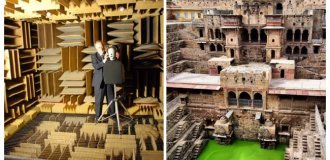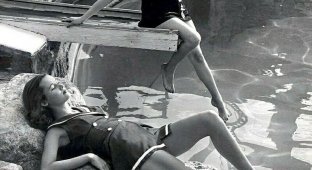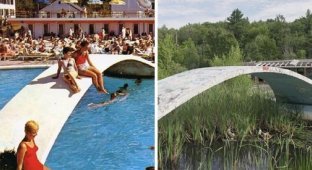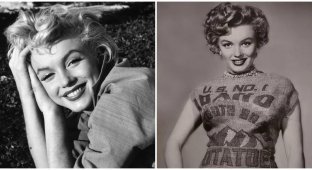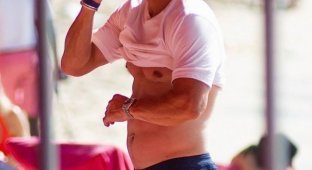When there were no refrigerators: photos from the streets of London and Paris in the late 19th century (8 photos)
As you know, refrigerators were invented relatively recently, but food used to go bad all the time. Therefore humanity relentlessly puzzled over how to extend their shelf life. 
Especially when it comes to meat, fish, milk and so on. And on at some stage of evolution, people realized that cold in this sense is very topic. 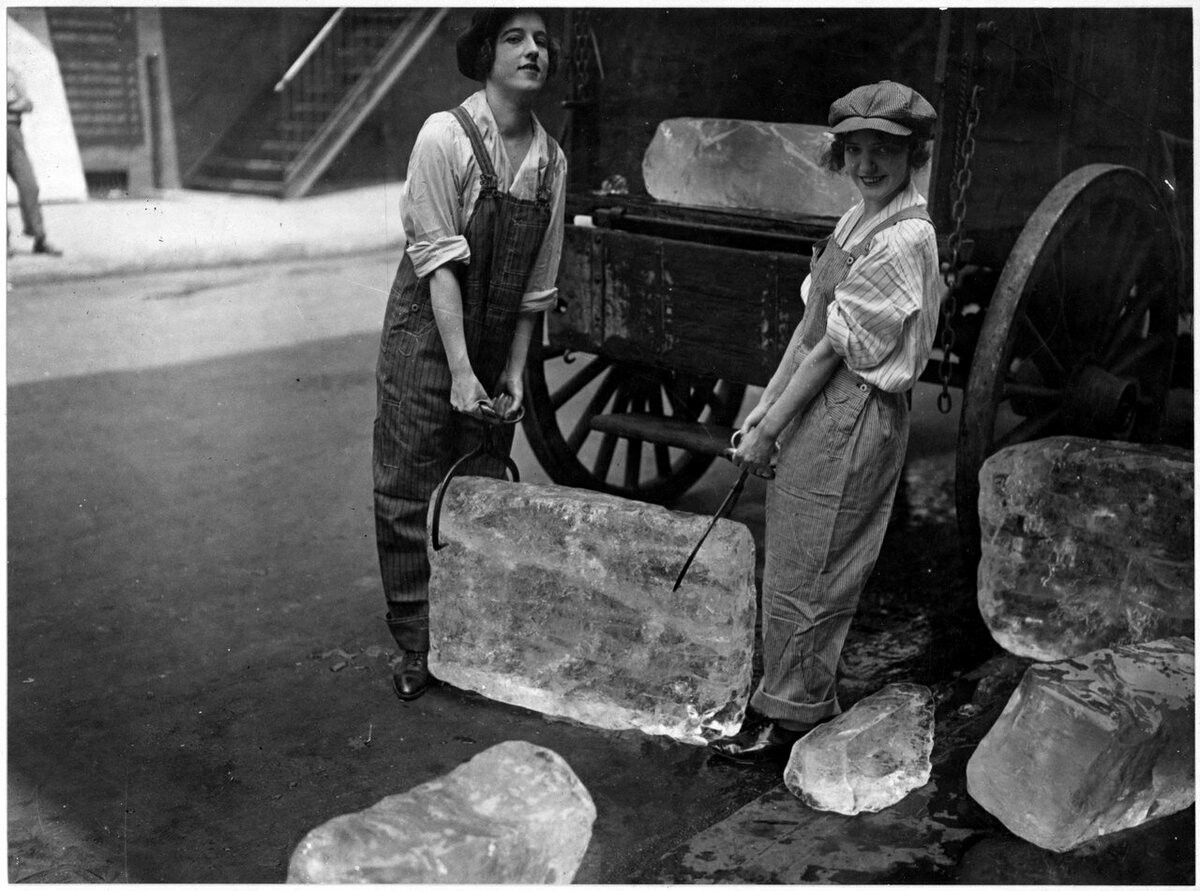
In the photo above you see girls delivering ice. But this method of preserving the freshness of products was available only to the rich segments of the population of European cities, since it was necessary to have houses a special cellar-glacier, as well as to pay for quite expensive ice, which was delivered to London and Paris from cold Norway.
And so in the photo below we see a very typical London butcher shop of the Victorian era: 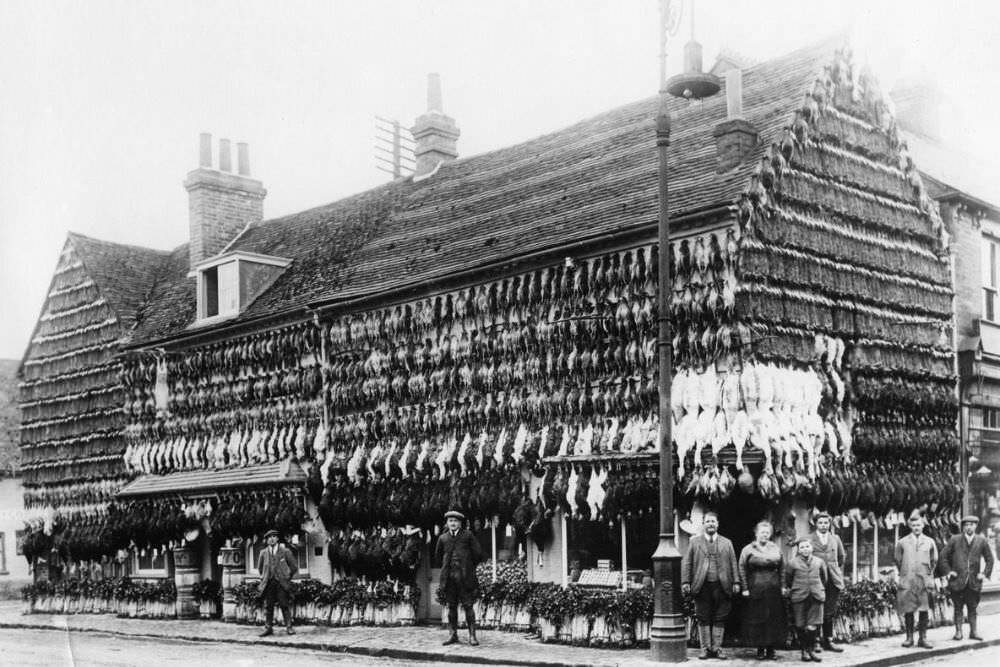
Yes, you didn't think so. The entire facade of the building is tightly hung with animal carcasses. Here's another one from a larger angle: 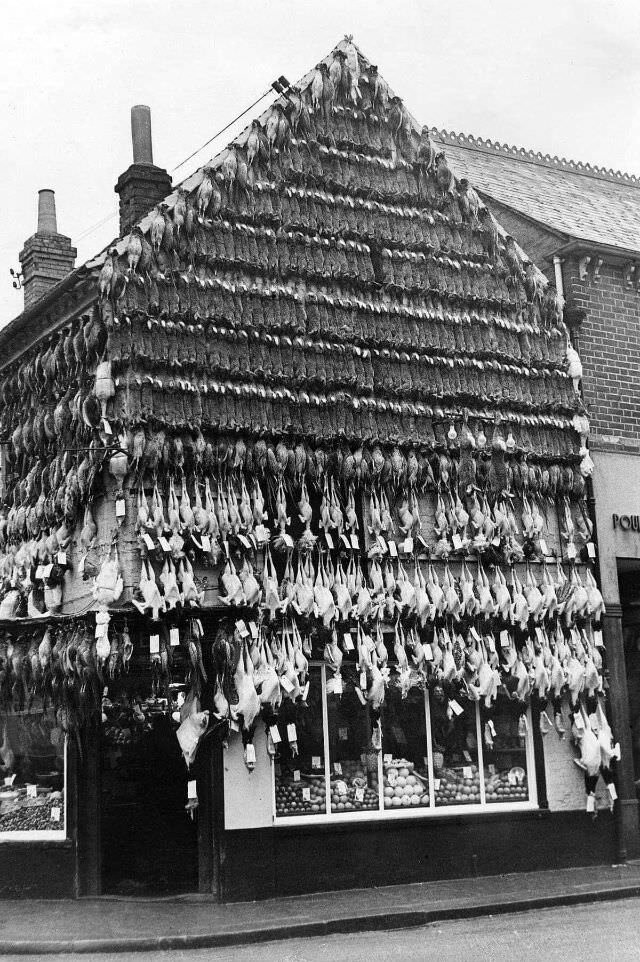
The store is the same, but the "layout" of the goods is different.
The game is complete, of course. Sorry for the pun. No, it's clear then no cars drove through the streets, but still the heat, flies, wasps ... Brrr ... Ah how it smelled near such a shop - it’s even scary to imagine!
In the next photo of the same butcher shop, you can see that it is quite in demand. Part
shelves
facade has already been successfully sold out, and the shopkeeper from the stairs takes out for Madame the rabbit she likes. 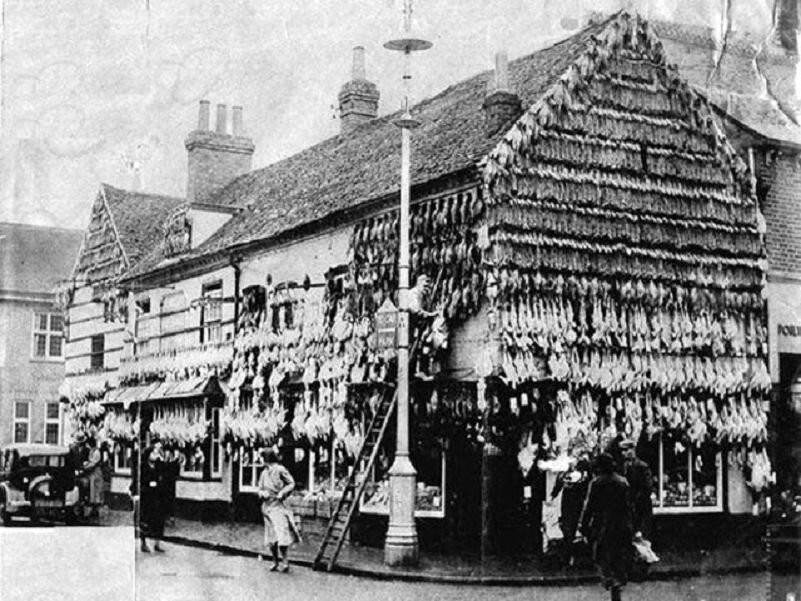
It is possible that you are now thinking that this simply cannot happen. be and this is stupidly fake, because all the pictures were taken in one place. Okay, here's another one for you: 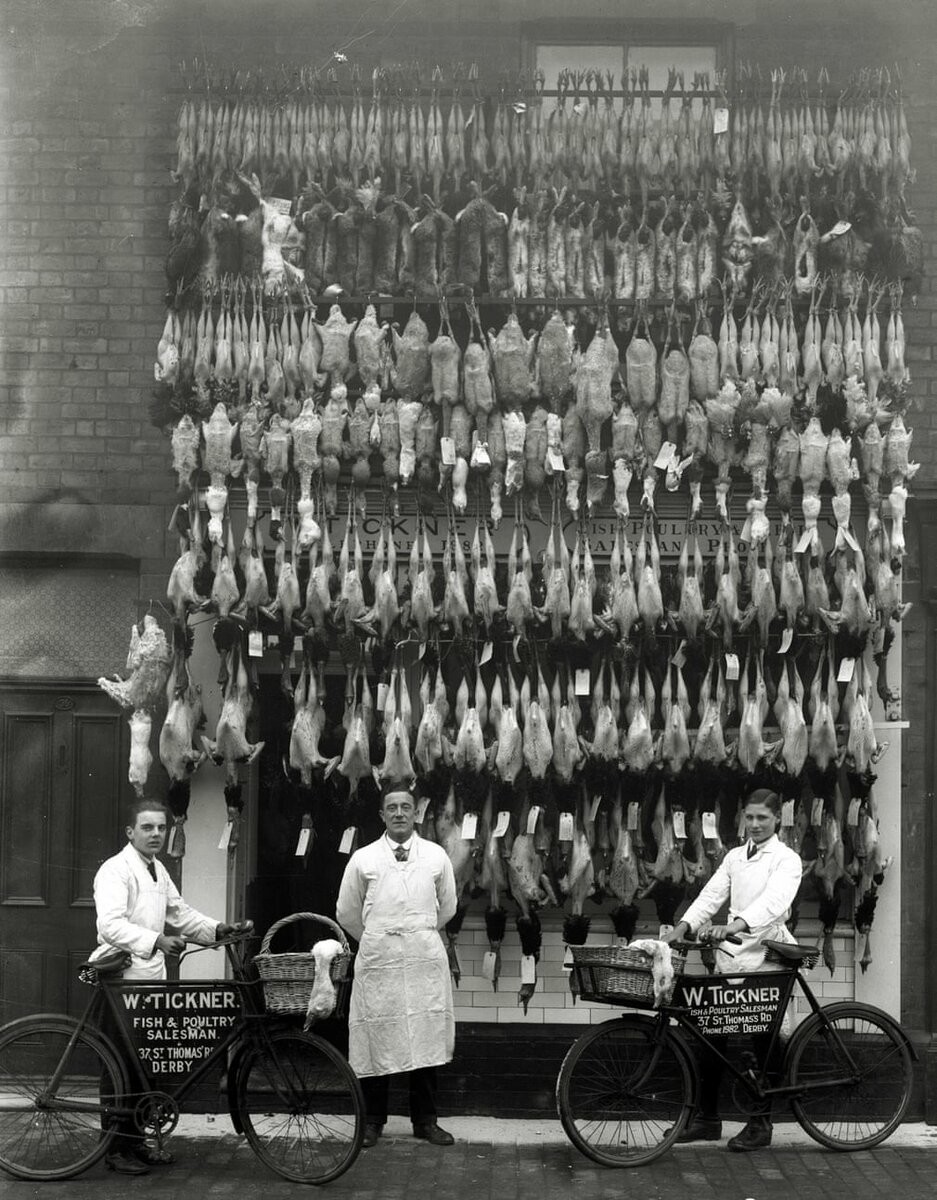
Yes, the scale is not the same, but the essence is the same. Plucked and not very carcasses hang in the sun, attracting attention
insects
buyers. In general, friends, the Victorians ate a lot of meat. And as historians write, not a single part of the carcass was wasted.
The rich, naturally, bought the finest and tenderest pieces. At this, the maid could come and buy three times a day for each food intake. Bones were also bought to add flavor and richness. soups. Everything else was sold to the poor, including fat, tripe and other. They even sorted out the blood. It was believed that its use is very useful in the fight against tuberculosis. Yes, yes, charlatans and prejudices - commonplace in the Victorian era.
To understand the situation, I quote from the book "
Paris with pen and pencil
by David W. Bartlett, published in 1854:
Fabrice always had a penchant for speculation, and being private, he earned money by selling small items to his fellow soldiers. When his term of service expired, he got a job as a loader in a shop, where they sold turkey.
...He noticed that those turkeys that remained unsold, in a day or two they lost half their value. He inquired of old saleswomen, how did the buyers know they were stale? Those answered that the color of the legs of the birds changed from black to brown-brown.
Fabrice always had a penchant for speculation, and being private, he earned money by selling small items to his fellow soldiers. When his term of service expired, he got a job as a loader in a shop, where they sold turkey.
...He noticed that those turkeys that remained unsold, in a day or two they lost half their value. He inquired of old saleswomen, how did the buyers know they were stale? Those answered that the color of the legs of the birds changed from black to brown-brown. 
Fabrice went home, was absent the next day and only on the third day he returned to the shop with a bottle of liquid. Grabbing the first a brown-footed turkey that came across, he painted its legs with the contents of his bottles, and placing it next to a fresh turkey, asked who could see the difference? The old ladies were in awe.
Do you understand? Now a few words about why, in fact, in London had such a huge demand for meat. Definitely bought it always and everywhere, but it was in London and in general in England of that era that it sold out as quickly as possible.
The fact is that it was Britain that became the first country in the world to where in the citiesThere are more people to live than in the villages. And all this The urban population had to be fed somehow.
The official history claims that this bias to the side Urbanization happened in England as early as 1851.
But that's not what we're talking about today, so I'll end with a photo of one well, a very specialized store in Paris, model 1908: 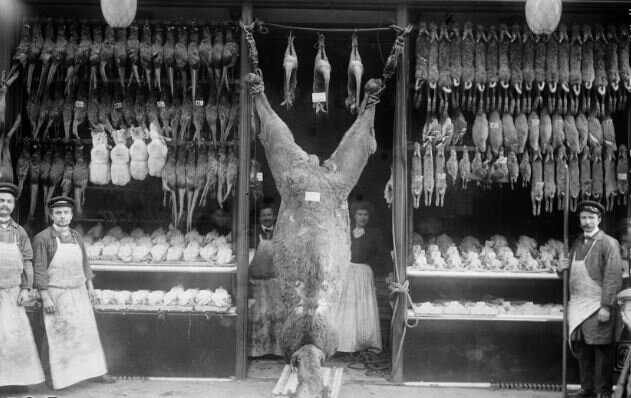
You can see hares and other game in the window, but in in the center of the frame you will find a powerful surprise in the form of a carcass ... of a camel. Where he took over the French capital remains a mystery. From a traveling circus zoo? What do you think?










